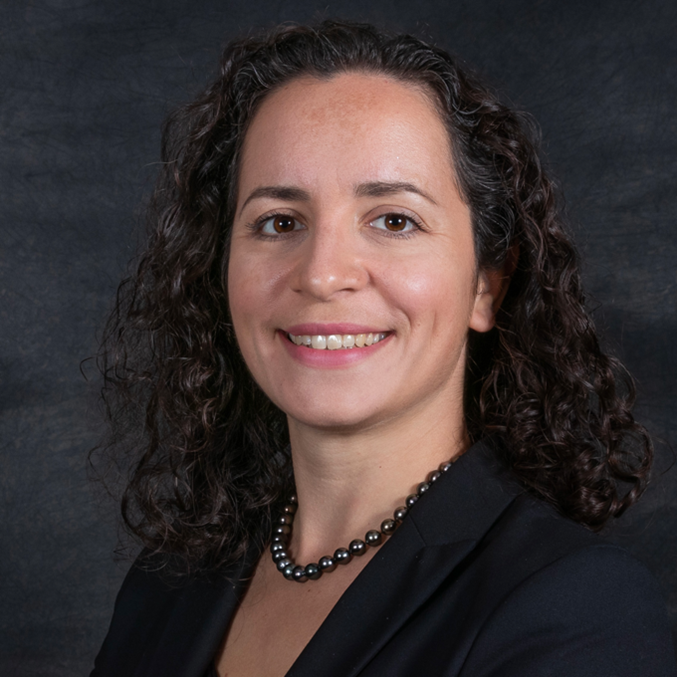Silicon Carbide Defects as a Backbone of Quantum Technology
| Time | September 07, 2022 12 |
|---|---|
| Lecturer | Dr Marina Radulaski |
| Location | hall 61 |
Seminar “Inspiring scientists and engineers”
UNIVERSITY OF BELGRADE - SCHOOL OF ELECTRICAL ENGINEERING
Belgrade, Bulevar kralja Aleksandra 73
Wednesday, September 7th, 2022, 12:00, hall 61
Silicon Carbide Defects as a Backbone of Quantum Technology
Dr Marina Radulaski
Assistant Professor of Electrical and Computer Engineering
University of California, Davis
mradulaski@ucdavis.edu
rlab.engineering.ucdavis.edu

About the lecture:
Silicon carbide is an industrially mature wide band gap substrate, which has been present in power electronics and MEMS fields for decades. In past decade, SiC gained traction as a quantum material, as its lattice defects, called color centers, have shown desirable properties in single photon generation, electron and nuclear spin manipulation, and spin-photon entanglement. Color centers take multiple roles in quantum technologies: deterministic single photon source, spin qubit, nuclear spin quantum memory, spin-photon interface for entanglement distribution, optically read out magnetic sensor, and more. These are basic functionalities that power Quantum Internet, cryptography, computing, simulation and sensing. Integration with photonic, phononic and electronic devices has been underway for efficient and scalable deployment of SiC quantum hardware.
Literature: Castelletto, Stefania, Alberto Peruzzo, Cristian Bonato, Brett C. Johnson, Marina Radulaski, Haiyan Ou, Florian Kaiser, and Joerg Wrachtrup. "Silicon Carbide Photonics Bridging Quantum Technology." ACS Photonics 9, no. 5 (2022): 1434-1457.
About the lecturer:
Marina Radulaski is an Assistant Professor of Electrical and Computer Engineering at the University of California, Davis where she leads the Quantum Nanophotonics Laboratory. Prof. Radulaski is a recipient of the Google Research Scholar Award 2022, NSF CAREER Award 2021, OneQuantum Leading Female Scientist in 2021, and was selected for the Pauli Center for Theoretical Study Visiting Researcher program 2021, the Rising Stars in EECS cohort 2017, and Scientific American’s 30-Under-30 Up and Coming Physicists in 2012. She obtained a Ph.D. in applied physics at Stanford University as a Gabilan Fellow, followed by the position as a Stanford Nano- and Quantum Science and Engineering Postdoctoral Fellow. Her academic training includes two undergraduate degrees, in theoretical physics and computer science, from the University of Belgrade and the Union University in Serbia. Prof. Radulaski has broad international experience in quantum and solid-state physics research performed at UC Davis, Stanford University, ETH Zurich, Lawrence Berkeley National Lab, Hewlett-Packard Labs, Oxford University, the Institute for Quantum Optics and Quantum Information in Vienna, Helmholtz Center Berlin, the Institute of Physics of the Polish Academy of Science, and the Institute of Physics Belgrade.

